Thriving Alpaca Populations: A Close Look at Their Rise in North America
Ever wondered about the habitat of those adorable, fuzzy creatures known as alpacas? Specifically, do alpacas call North America home? It’s a question I’ve found myself pondering, and I’m sure many of you have too.
Originating from South America, alpacas have a rich history that’s as fascinating as their cute, expressive faces. But what about now? Are these charming animals gracing the fields of North America?
In this article, we’ll delve into the world of alpacas, exploring their history, their habitat, and answering the question that’s on everyone’s mind: do alpacas live in North America? So, let’s embark on this journey of discovery together, shall we?
Key Takeaways
- Alpacas, originally from South America, primarily from Peru, Bolivia, and Chile, have been a crucial part of indigenous cultures for thousands of years due to their ability to live in high-altitude and harsh conditions.
- The modern-day alpaca was first domesticated by Pre-Incan civilizations, and was genetically improved and selectively bred later by the Incas, who revered them as a gift from the gods.
- Alpacas were introduced to North America approximately 30 years ago by a group of entrepreneurial farmers aiming to diversify farming strategies and take advantage of the alpaca’s luxurious thick wool that is softer and warmer than sheep’s wool.
- Today, alpacas have successfully adapted to various climates in North America and are viable options for farming in smaller spaces or challenging terrains due to their minimal environmental impact.
- Current data suggests there are approximately 215,000 registered alpacas in the United States, with a potential total population as high as 400,000, mainly in Ohio, Oregon, and Colorado.
- The rise in alpaca farming continues in North America due to their adaptability, minimal environmental footprint, and the high-quality wool they produce, which provides an additional source of income for farmers.
History of Alpacas
Venturing deep into the past of these extraordinary animals, alpacas trace their roots back to South America. Native to the Andes Mountains, particularly in the countries of Peru, Bolivia, and Chile, they’ve been a crucial part of indigenous cultures there for thousands of years.
Ancestors of the modern-day alpaca were first domesticated by the Pre-Incan civilizations. They appreciated the animal for its ability to thrive in high-altitude living conditions, a trait that’s reflected in its thick wool, which serves as an efficient thermal insulator. Alpacas provided them with much needed warmth, in the form of woolly garments, and sustenance, through their meat.

Under the Incas’ capable hands (around 1200 AD), alpacas were genetically improved and selectively bred, resulting in much superior herds. The Incas placed immense value on alpacas, considering them a gift from the gods. Revered and protected, only the Royal family and high-ranking officials were permitted to wear clothes made from alpaca fibers.
Fast forward to the 16th century, the Spanish conquistadors were bewitched by the allure of gold from the Incan Empire and devastated the alpaca populations in their quest for riches. However, some alpacas managed to survive in the harsh, remote conditions of the Andes.
It wasn’t until the mid-1800s, during the industrial revolution, that alpaca wool gained popularity in Europe and North America due to its luxurious feel and durability. Efforts were then made to reintroduce them for commercial breeding outside South America.
Stay tuned to find out whether alpacas made their presence felt in North America, a question that I’ll tackle in the following section.
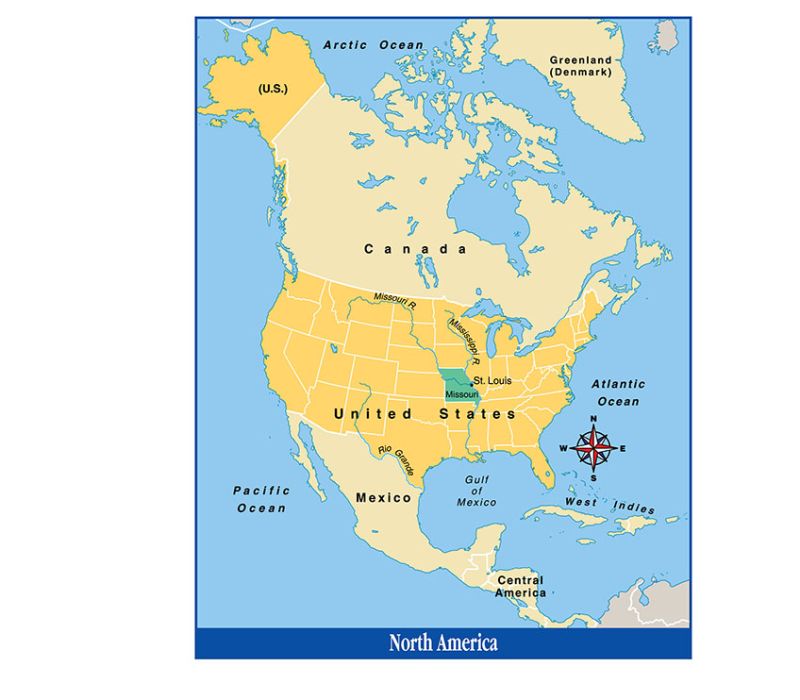
Alpacas’ Natural Habitat
As we journey through the rich tapestry of alpaca history, it’s crucial to understand the natural habitat of these remarkable creatures. Alpacas are native to South America, specifically the Andean highlands of Peru, Bolivia, and Chile. These animals are distinctly adapted to harsh weather conditions and rugged terrains. Their thick wooly fur is perfect for the cold temperatures of the Andes, providing natural insulation.
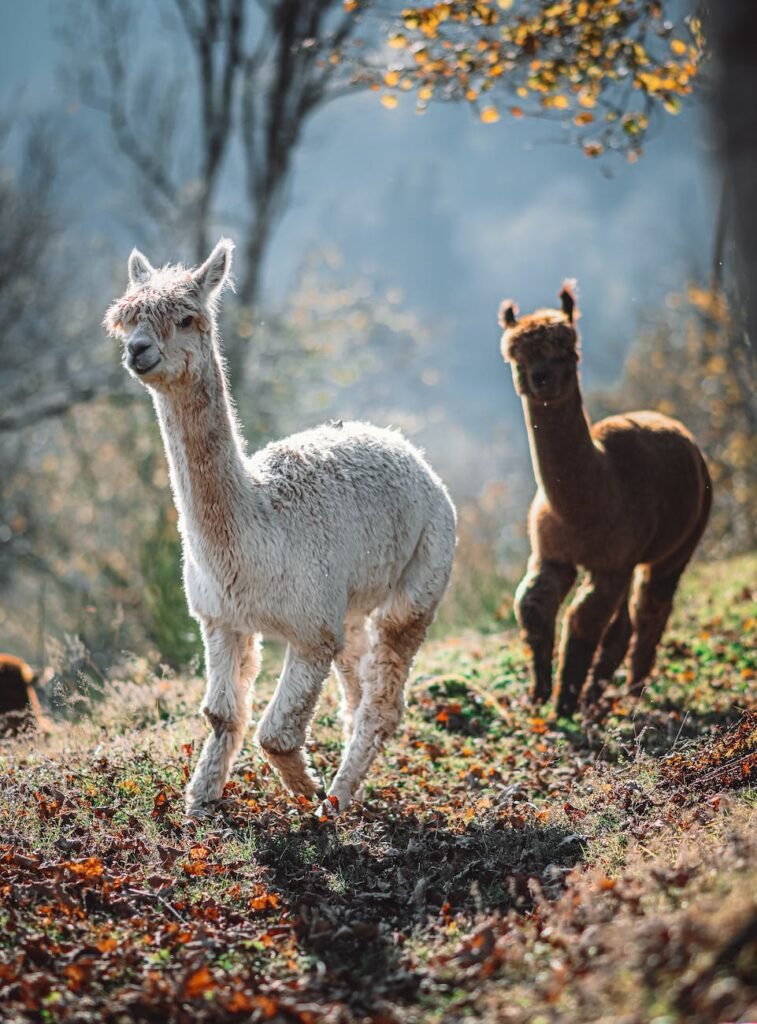
Interestingly, about 90% of the world’s alpacas are found in Peru. The Peruvian highlands offer a unique environment that’s ideal for alpacas. Here, they thrive on a diet that mostly consists of grass. They have split hooves and padded feet, features that equip them well for steep mountain pastures.
| Country | Percentage of Alpacas |
|---|---|
| Peru | 90% |
| Other | 10% |
In the alpine conditions of high-altitude South America, alpacas display a remarkable adaptability that’s etch deeply in their DNA. Their sheer resilience is impressive, which likely contribute to their survival during the plummeting alpaca populations in the wake of Spanish conquest.
Now let’s switch gears and examine how these South American natives have fared on North American soil.
Alpacas in South America
Wandering away from the highlands, South America paints a grand canvas as a homeland for alpacas. Here, they’re not just mere livestock but instead represent a rich culture that thrives on providing for humans with their luxurious fleece. A testament to their deep-rooted history and connection with the human world.
In this part of the world, alpacas diversify into two main breeds: Huacaya and Suri. The Huacaya is the more familiar type, their fluffy, crimped fleece is often likened to sheep’s wool. By contrast, the Suri are a bit of a novelty, but just as fascinating, with their long, silky, pencil-like locks.
South American countries, especially Peru, make the most out of these versatile creatures. As per the International Alpaca Association, nearly 90% of the world population of alpacas reside here. It’s not surprising though, given their adaptability to the region’s harsh weather and rugged terrain.
| Region | Percent of Alpaca population |
|---|---|
| Peru | 87.6% |
| Bolivia | 8.7% |
| Chile | 3.1% |
| Rest of the world | 0.6% |
Respect for alpacas runs deep in these South American societies. Alpaca wool is referred to as “The Fiber of the Gods.” The Incas valued it more than gold or silver and today it continues to be sought after worldwide for its exceptional warmth, lightness, and softness.
Adapting to North American climate and terrain from their natural South American habitat is the next chapter for alpacas. Their survival and thriving in the unusual setting showcase the exceptional resilience of these wooly wonders. Let’s take a glance at their life in the Northern Hemisphere.
Introduction of Alpacas to North America
Surprisingly, alpacas have not always been a part of North America’s fauna. Yes, you heard that right! These intriguing animals, with their long necks and affable expressions, were first introduced to North America only about thirty years ago. While their origins are deeply rooted in the Andean mountains of South America, their resilience and ability to adapt have allowed them to thrive in varied climates and terrains all over the world.

It’s interesting to note how these gentle creatures have made their way north on the globe. In the 1980s, a group of entrepreneurial North American farmers understood the potential of alpaca farming and started importing these animals from South America. After much negotiation and overcoming substantial bureaucratic hurdles, these ambitious folks were successful in bringing alpacas to the United States. Their objective was twofold: to diversify farming strategies and to take advantage of the alpaca’s thick wool – a luxury that’s incredibly soft to the touch and warmer than sheep’s wool.
Today, alpacas are seen in multitudes across the United States, with the highest populations in Ohio, Oregon, and Colorado. Unlike other livestock, alpacas require relatively little space, making them a suitable option for smaller farms or those located in challenging terrains. Their low impact on the environment and the value of their fleece are reasons they’ve been welcomed by farmers and eco-conscious consumers alike.
- Local Alpaca Populations Across the USA in Numbers:
- Ohio: 26,598 alpacas
- Oregon: 20,406 alpacas
- Colorado: 18,952 alpacas
The journey of alpacas from the harsh Andean highlands to the diverse climates of North America undeniably offers a brilliant testament to their adaptability. Who would have thought that these South American natives would one day become a beloved part of North American agriculture?
Current Population of Alpacas in North America
From their introduction over three decades ago, alpacas have established a successful and vibrant population in North America. Data from leading alpaca organizations like the Alpaca Owners Association points to a thriving industry.
According to the most recent figures, there’s an estimated population of about 215,000 registered alpacas in the United States. It’s important to note that there could be many more non-registered alpacas. Industry experts have suggested the total alpaca population in the U.S. could be as high as 400,000.
Here’s a clear representation of the population spread across the U.S:
| State | Registered Alpaca Population | Estimated Total Population |
|---|---|---|
| Ohio | 25k | 50k |
| Oregon | 20k | 40k |
| Colorado | 15k | 30k |
| Other States | 155k | 280k |
| Total | 215k | 400k |
These numbers reflect not only the adaptability of alpacas but also the dedicated work of domestic farmers. Alpaca farming is on the rise in places beyond Ohio, Oregon, and Colorado. Farmers in other regions are realizing the benefits of incorporating these gentle creatures into their farming strategies.
There are many reasons why alpacas are a good fit for small-scale farming operations. Their compact size and minimal environmental footprint make them ideal for farms with limited space or difficult terrains. Moreover, their high-quality wool is cherished by artisans and textile industries alike providing an additional source of income and diversifying the farm’s production.
It’s interesting to see how quickly alpacas have woven themselves into the fabric of North American agriculture. Despite being relative newcomers to the continent, they have managed to adapt to various climates and farming systems, across different regions. Looking ahead, the rise of alpaca farming in North America doesn’t appear to be slowing down. As more farmers continue to recognize the potential of these versatile animals, we can expect the population numbers to keep growing.

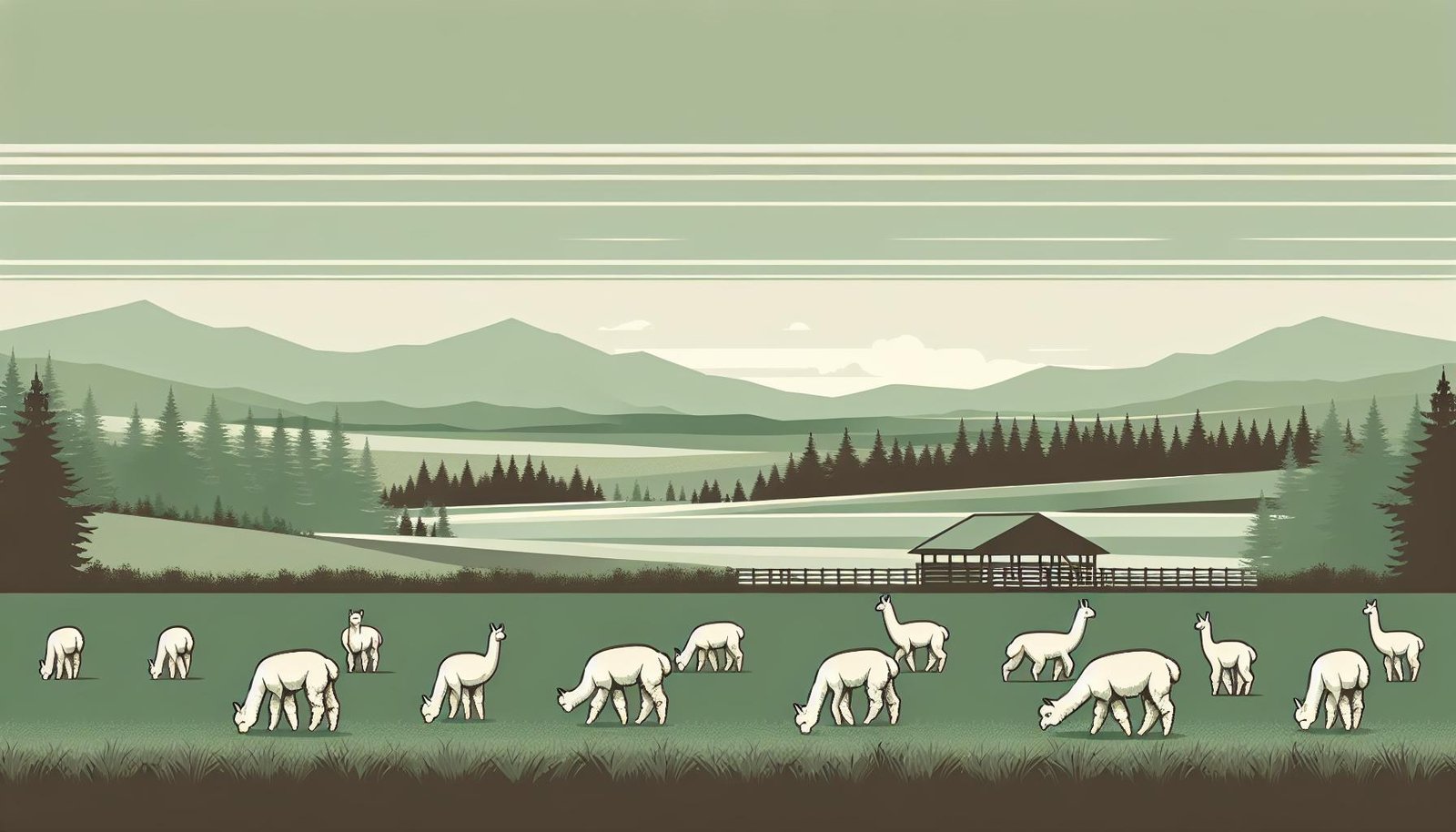
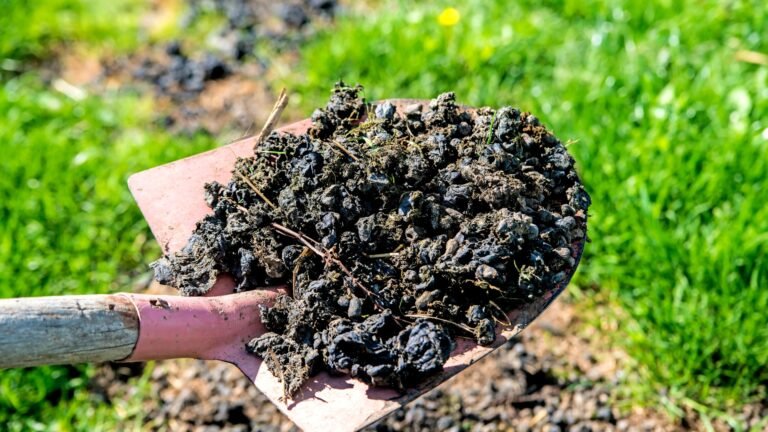



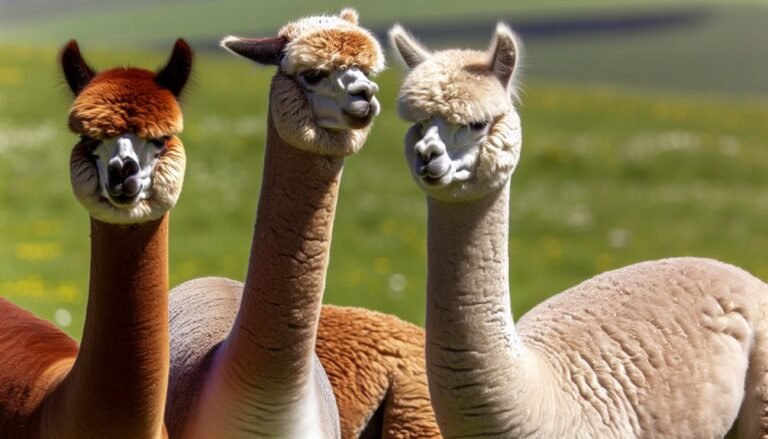

Our picks
Alpaca & Wool Felted Sole Inserts: Comfy Upgrade?
Best Alpaca Socks for Hiking: Ultimate Comfort and Durability on Trails
Best Alpaca Halter for Comfort and Control